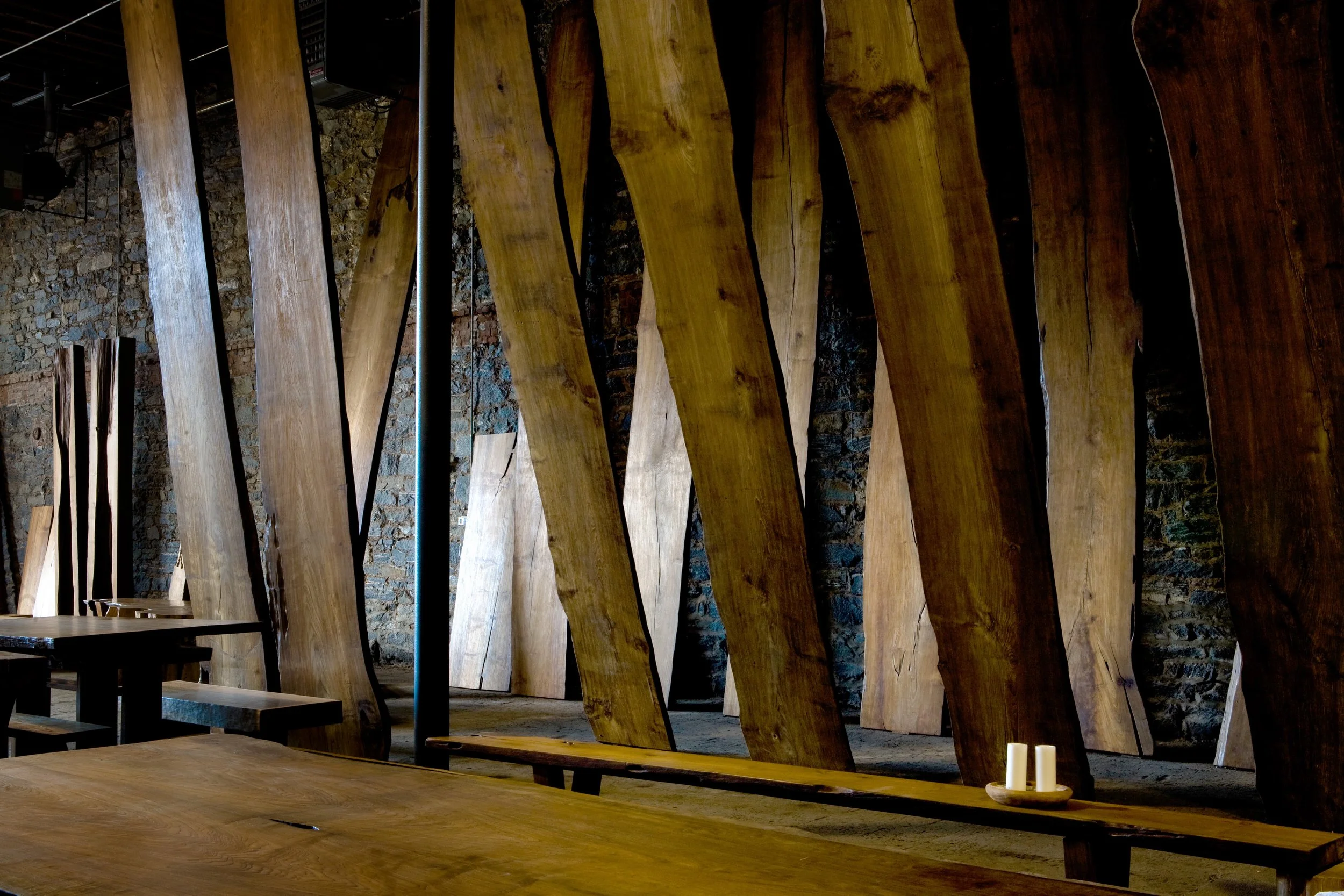Buried Teak
Chinese Junk Ship
Buried teak is highly valued because of its unique characteristics and rarity. Teak logs are buried underground for decades, sometimes centuries, which causes it to undergo a natural process of petrification, or the transformation of organic material into stone.
The petrification process results in the wood becoming extremely dense and hard, with a unique color and texture that cannot be replicated by normal teak wood. The wood also becomes more resistant to decay, insects, and weathering, making it highly durable and suitable for a wide range of applications, including flooring, furniture, and boatbuilding.
Ming Dynasty traders started burying teak in Indonesia dating all the way back to the 1400’s in order to build their famous Junk ships that populated the silk route for centuries, bringing textiles, spices and porcelain to Europe and other parts of Asia. In the 17th century, Dutch spice traders employed the same practice before building the legendary ships of the Dutch East India Company.
Despite the higher cost compared to other types of teak wood, buried teak is a worthwhile investment for those who appreciate its distinctive beauty and durability, along with its significant historical and cultural importance.
-
Spice trade shipbuilders historically buried teak in the volcanic earth for up to 15 years to cure the wood before building their almost indestructible galleons. Logs found today have been seasoning for decades or longer, hardening the teak to a mineral density.
-
1) French Polish maintains the natural blond teak color with a gloss finish. While more delicate than oil, it is easily repaired. Not for outside use.
2) Tung Oil is a sturdier, water resistant finish suitable indoors or out, has a deeper color and more matte finish.
BURIED TEAK
-
Wood connoisseurs have long admired Rosewood for its beautiful grain and ability to take an excellent polish. While traditionally used as veneer for instruments and fine marquetry, a solid, book-matched rosewood dining table is a true luxury.
-
1) French Polish maintains the natural color of rosewood with a gloss finish. While more delicate than oil, it is easily repaired. Not for outdoor use.
2) Tung Oil is a sturdier, water-resistant finish suitable indoors or out, has a deeper color, and a more matte finish.
ROSEWOOD
-
Ironwood is one of the most durable hardwood species in existence. Salvaged from old roads in Borneo, this highly exclusive material has weathered the harsh tropical elements for at least 30 years. These extreme conditions create an irresistibly rich erosion and patina.
-
1) Tung Oil works very well with ironwood, deepening the ebony color even further, and leaving an elegant gloss finish.
2) Natural finish is sanded, followed by a light wax, leaving a smooth, matte finish.






